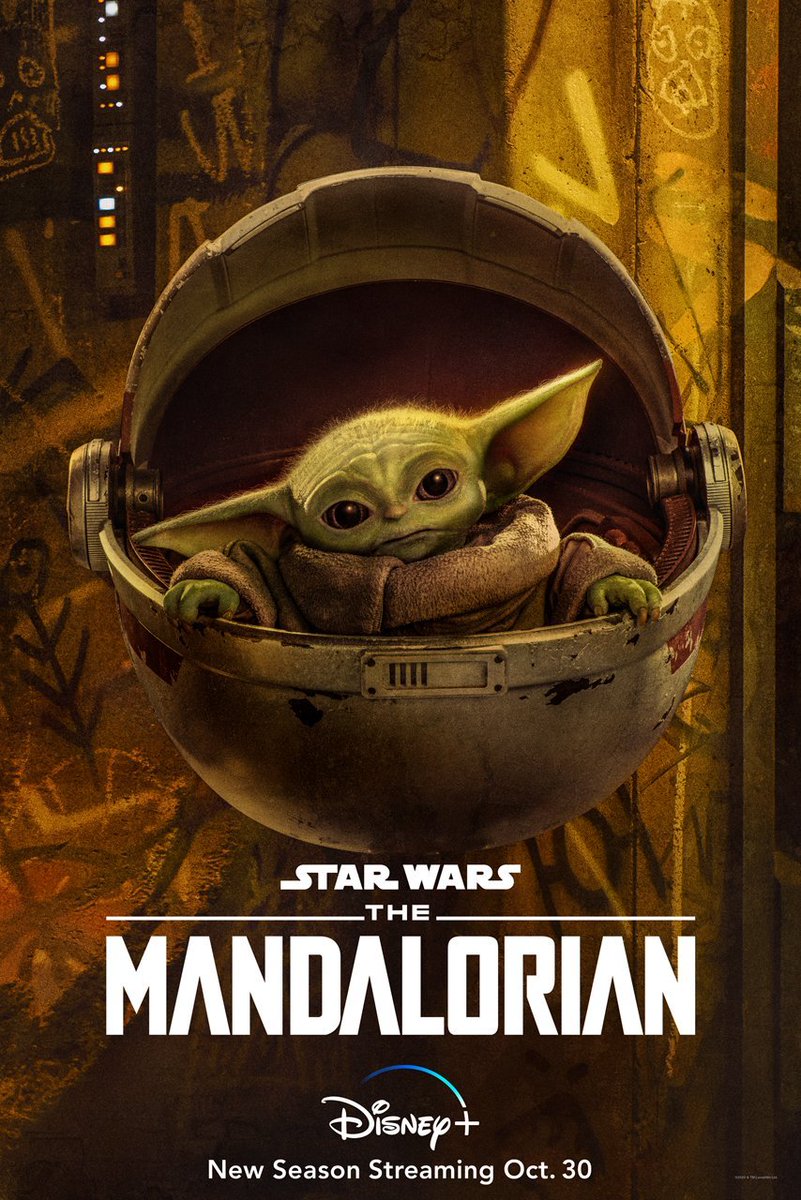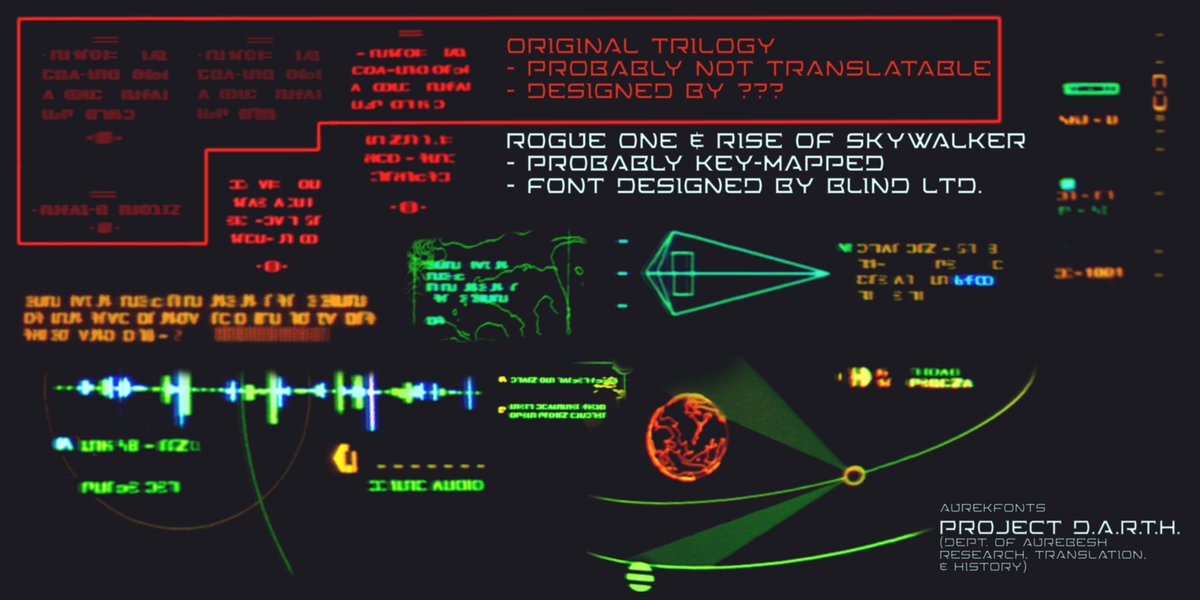
#TheMandalorian #MandalorianSeason2 Poster translations:
Aurebesh graffiti behind Mando: LIFE
Mandalorian display on his bracer: 9RM

Aurebesh graffiti behind Mando: LIFE
Mandalorian display on his bracer: 9RM


This graffiti matches text first seen in the Season 2 trailer -
Aurebesh graffiti: "NOCORE YOU OISLEARN"
Aurebesh graffiti: "NOCORE YOU OISLEARN"

More graffiti first seen in the trailer -
Aurebesh graffiti to the lower right of the anti-Aqualish illustration: "SCU" (probably "SCUM")
Aurebesh graffiti on pipes (incomplete):
"YO"
"LIKE"
"-UP B-"
"HIL -"
"HO"
Aurebesh graffiti above Gammorean illustration: "ERAN"
Aurebesh graffiti to the lower right of the anti-Aqualish illustration: "SCU" (probably "SCUM")
Aurebesh graffiti on pipes (incomplete):
"YO"
"LIKE"
"-UP B-"
"HIL -"
"HO"
Aurebesh graffiti above Gammorean illustration: "ERAN"

This graffiti does not match any of the limited frames seen in the Season 2 trailer - It features mostly incomplete words, with at most one or two letters visible -
Aurebesh graffiti (incomplete):
"-EO"
"S"
"E"
"L"
There also appears to be a droidobesh "D" to the right.
Aurebesh graffiti (incomplete):
"-EO"
"S"
"E"
"L"
There also appears to be a droidobesh "D" to the right.

A correction to my translation on the Cara Dune graffiti: "NO MORE YOU OISLEARN"
• • •
Missing some Tweet in this thread? You can try to
force a refresh







